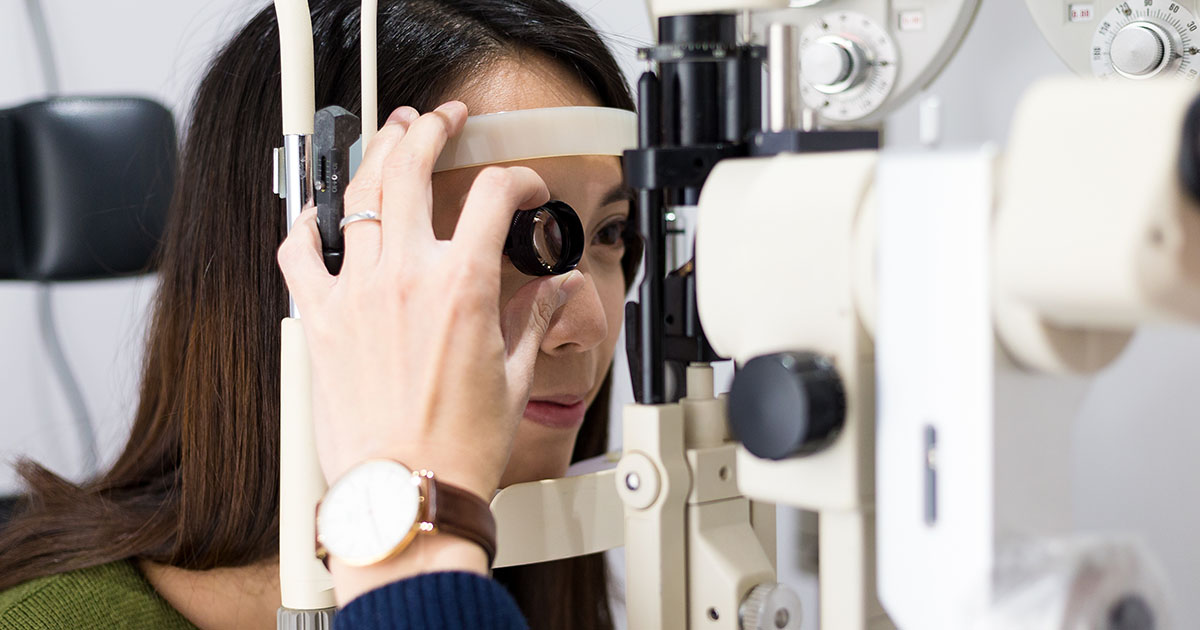New Advances and Perspectives in Ophthalmology: Progress and Modern Challenges
A special issue of Journal of Personalized Medicine (ISSN 2075-4426). This special issue belongs to the section "Personalized Therapy in Clinical Medicine".
Deadline for manuscript submissions: 30 April 2026 | Viewed by 24500

Special Issue Editor
Interests: ophthalmology; ocular ultrasound; medical retina; retinal diseases; glaucoma
Special Issues, Collections and Topics in MDPI journals
Special Issue Information
Dear Colleagues,
In recent years, the field of Ophthalmology has been constantly updated, thanks to the development of increasingly modern technologies that have allowed significant progress in diagnosing, managing, and treating ocular pathologies.
In particular, ocular diagnostic technology (optical coherence tomography, optical coherence tomography angiography, ocular ultrasound, etc.), as well as new genetic discoveries, have provided new insights and increased our knowledge about several ocular diseases, such as retinal and choroidal diseases, ocular oncology, optic nerve diseases, and anterior segment diseases, which poses a compelling challenge in Ophthalmology.
This Special Issue will aim to promote research on the new advances and perspectives in Ophthalmology, going from diseases’ etiology to the diagnosis and the tailored treatment of ophthalmic pathologies, trying to better understand the nature of these challenging ocular conditions and how to properly deal with them.
Dr. Livio Vitiello
Guest Editor
Manuscript Submission Information
Manuscripts should be submitted online at www.mdpi.com by registering and logging in to this website. Once you are registered, click here to go to the submission form. Manuscripts can be submitted until the deadline. All submissions that pass pre-check are peer-reviewed. Accepted papers will be published continuously in the journal (as soon as accepted) and will be listed together on the special issue website. Research articles, review articles as well as short communications are invited. For planned papers, a title and short abstract (about 100 words) can be sent to the Editorial Office for announcement on this website.
Submitted manuscripts should not have been published previously, nor be under consideration for publication elsewhere (except conference proceedings papers). All manuscripts are thoroughly refereed through a single-blind peer-review process. A guide for authors and other relevant information for submission of manuscripts is available on the Instructions for Authors page. Journal of Personalized Medicine is an international peer-reviewed open access monthly journal published by MDPI.
Please visit the Instructions for Authors page before submitting a manuscript. The Article Processing Charge (APC) for publication in this open access journal is 2600 CHF (Swiss Francs). Submitted papers should be well formatted and use good English. Authors may use MDPI's English editing service prior to publication or during author revisions.
Keywords
- clinical ophthalmology
- eye diseases
- retinal diseases
- corneal diseases
- optic nerve diseases
- glaucoma
- dry eye disease
- maculopathies
- choroidal diseases
- ocular oncology
Benefits of Publishing in a Special Issue
- Ease of navigation: Grouping papers by topic helps scholars navigate broad scope journals more efficiently.
- Greater discoverability: Special Issues support the reach and impact of scientific research. Articles in Special Issues are more discoverable and cited more frequently.
- Expansion of research network: Special Issues facilitate connections among authors, fostering scientific collaborations.
- External promotion: Articles in Special Issues are often promoted through the journal's social media, increasing their visibility.
- Reprint: MDPI Books provides the opportunity to republish successful Special Issues in book format, both online and in print.
Further information on MDPI's Special Issue policies can be found here.





